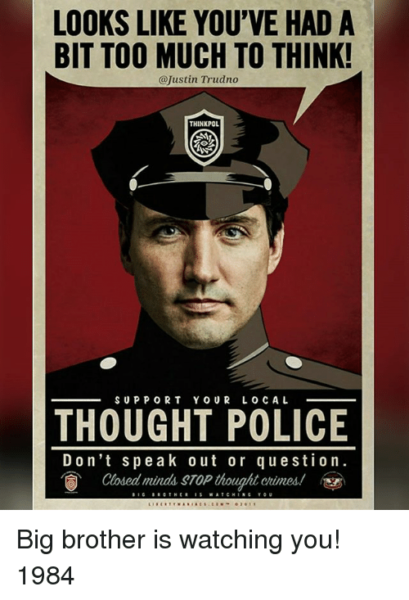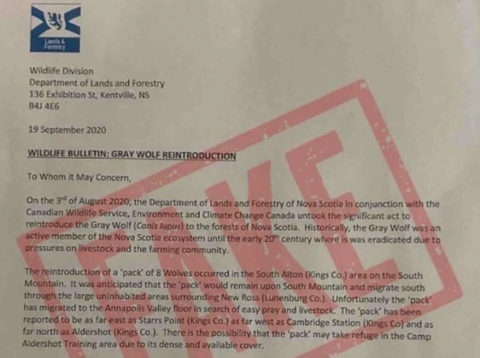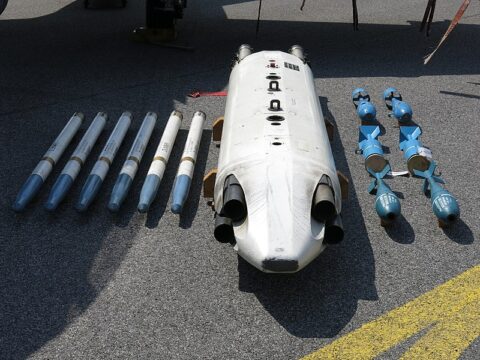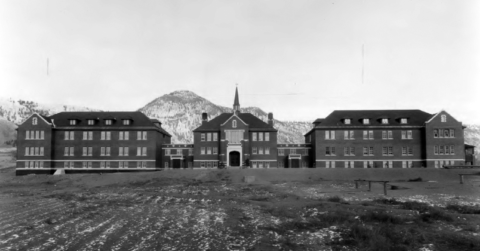“Shady Maples” outlines just a few of the historical procurement fuckups Canada’s armed forces have had to work through, showing that the recent admission that the armed forces are in a “death spiral” by MND Bill Blair is almost “situation normal” for the troops:
The Canadian Armed Forces are fucked. By this term of art, I mean that the CAF:
- are in dire circumstances; and
- are being used for such aggressive political gratification that it’s practically perverse.
You don’t have to take my word for it. The Minister of National Defence made the following remarks last week:
because, the bottom line is the Canadian Armed Forces must grow. We’re short a lot of people. Almost 16,000 in our regular forces and reserves.
If that wasn’t bad enough, he added:
more than half of our trucks, more than half of our ships and more than half of our planes are not available for service because they are in need of parts and repair. We’re going to have to do better.
Translation: we are fucked.
The MND’s remarks come eleven months after the CDAI published an open letter on the state of national security and defence:
Years of restraint, cost cutting, downsizing and deferred investments, have meant that Canada’s defence capabilities have atrophied. Our military capabilities are outdated and woefully inadequate to protect our landmass and maritime approaches. We have also fallen short in meaningful contributions to burden sharing for the collective defence and security of our allies and partners.
Translation: we have been fucked for awhile.
More recently, the Vice Admiral Tophsee made waves on the RCN’s official YouTube channel by stating the obvious:
Colleagues and Shipmates, the RCN is facing some very serious challenges right now that could mean we fail to meet our Force Posture and Readiness commitments in 2024 and beyond. La situation est grave mais nos problèmes ne sont pas uniques et je sais que l’aviation et l’armée sont confrontées a des défis similaires. [The situation is serious, but our problems are not unique, and I know that the Air Force and the Army are facing similar problems.]
Translation: we will be fucked for the foreseeable future.
He then shows that this sort of thing has been part-and-parcel of Canada’s delusionary approach to national defence since the year before Confederation. Canada’s WW1 army was sent off with fantastically bad equipment — from rifles to web gear, from automobiles to artillery ammunition — all scandals of the day that no lessons were learned from.
Soldiers and officers at the tactical level will readily tell you that these headlines are only surprising because senior leaders are finally saying the quiet part out loud: the CAF is undermanned, under-equipped, under-trained, and unprepared. We know this because we live it every day: situation normal, all fucked up. But you don’t need a source or a leak to learn about our deplorable state of readiness. Here is a link to DND’s 2023 audit and evaluation reports. They paint a bleak picture: we have insufficient equipment and what we have keeps breaking. We have insufficient personnel to match with commitments, and we are struggling to recruit, train, and retain more. Go have a look at the reports, they lay it all out.

















